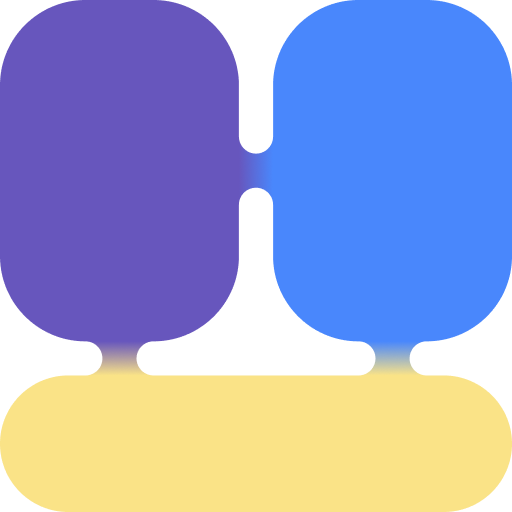GPT-4o Image Generation: The Next Frontier in AI Visual Communication
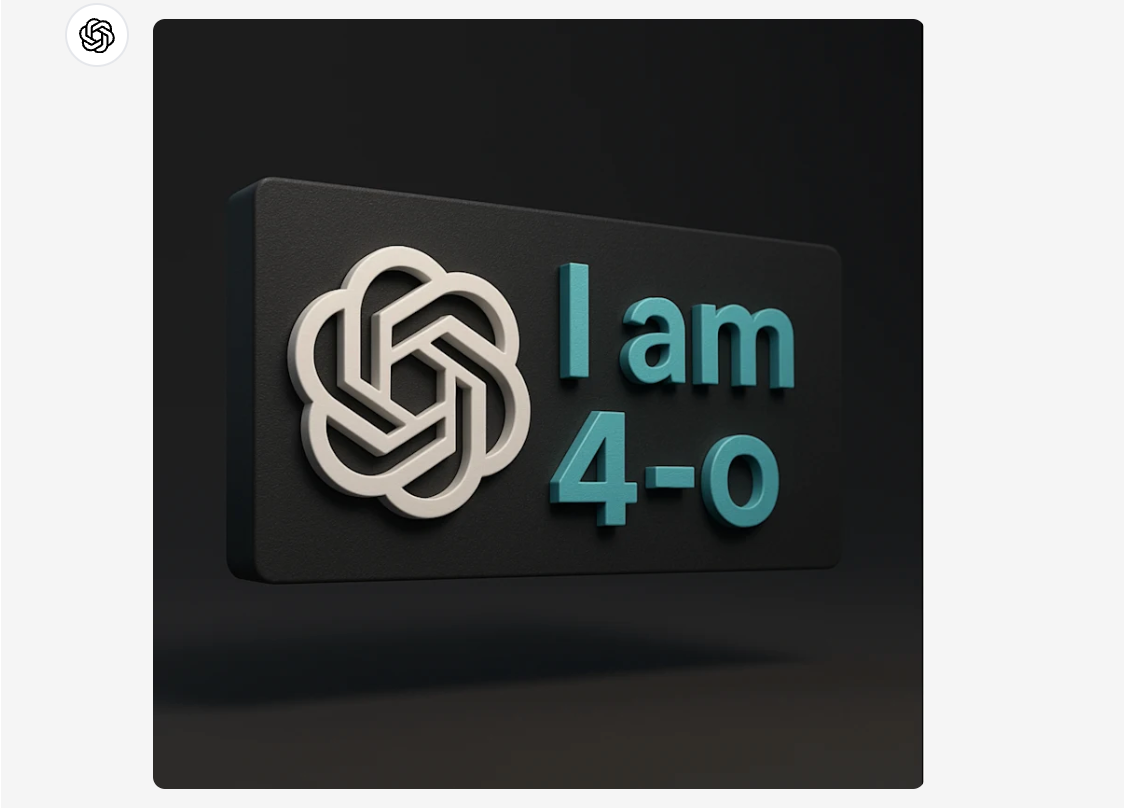
In March 2025, OpenAI revolutionized the AI landscape by integrating advanced image generation capabilities directly into their GPT-4o model. This development marks a significant evolution beyond conventional AI image generators, transforming GPT-4o into a comprehensive tool that bridges the gap between text and visual communication with unprecedented effectiveness.
Although this feature is currently only available on the official ChatGPT website, ChatHub will continue to monitor the latest developments in various AI tools and strive to provide everyone with access to the most advanced AI tools. If you are also interested in various models, you can experience their advantages and differences in ChatHub.
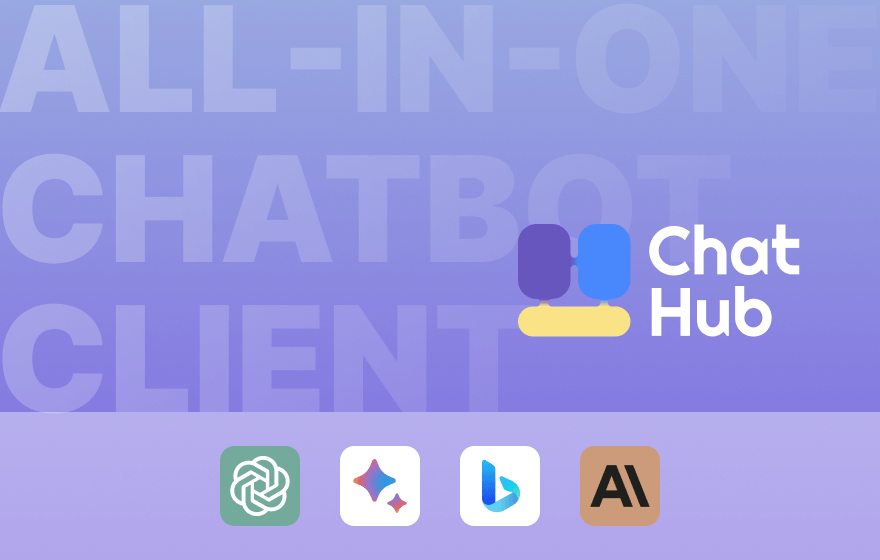
PART 1. From Artistic Novelty to Practical Utility
While previous image generation models excelled at creating visually striking artistic outputs, they often struggled with practical, information-rich imagery essential for everyday communication. OpenAI's approach with GPT-4o reflects a fundamental shift in philosophy – focusing on creating images that are not just beautiful but genuinely useful.
"At OpenAI, we have long believed image generation should be a primary capability of our language models," states OpenAI in their official announcement. "That's why we've built our most advanced image generator yet into GPT-4o. The result—image generation that is not only beautiful, but useful."
This utility-first approach addresses a critical need in visual communication. From the earliest cave paintings to modern infographics, humans have used images not merely for decoration but as tools for communication, persuasion, and analysis. By focusing on practical utility alongside aesthetic quality, GPT-4o's image generation capabilities are positioned to serve as a valuable tool for professionals across industries.
PART 2. Technical Foundation: A Truly Multimodal Approach
What distinguishes GPT-4o from previous models is its fundamentally multimodal architecture. Rather than treating image generation as a separate process, OpenAI has integrated it directly into the model's core capabilities. This "omnimodal" approach – as described by research lead Gabriel Goh – enables the model to generate various types of data, including text, images, audio, and video, with remarkable coherence.
According to information from The Verge, Goh emphasized that "this model is a step change above previous models," highlighting the significant advancements made possible by this integrated approach.
The technical achievement stems from training GPT-4o on the joint distribution of online images and text, enabling the model to understand not just how images relate to language descriptions but how visual elements relate to each other within broader contexts. This comprehensive understanding, combined with extensive post-training refinement, has created an AI with exceptional visual fluency.
PART 3. Six Standout Capabilities That Set GPT-4o Apart
1. Superior Text Rendering
One of the most notable improvements in GPT-4o is its ability to accurately render text within images – a notorious challenge for previous image generation models. This capability transforms GPT-4o into a powerful tool for creating diagrams, infographics, and illustrations with readable, meaningful textual elements seamlessly integrated.
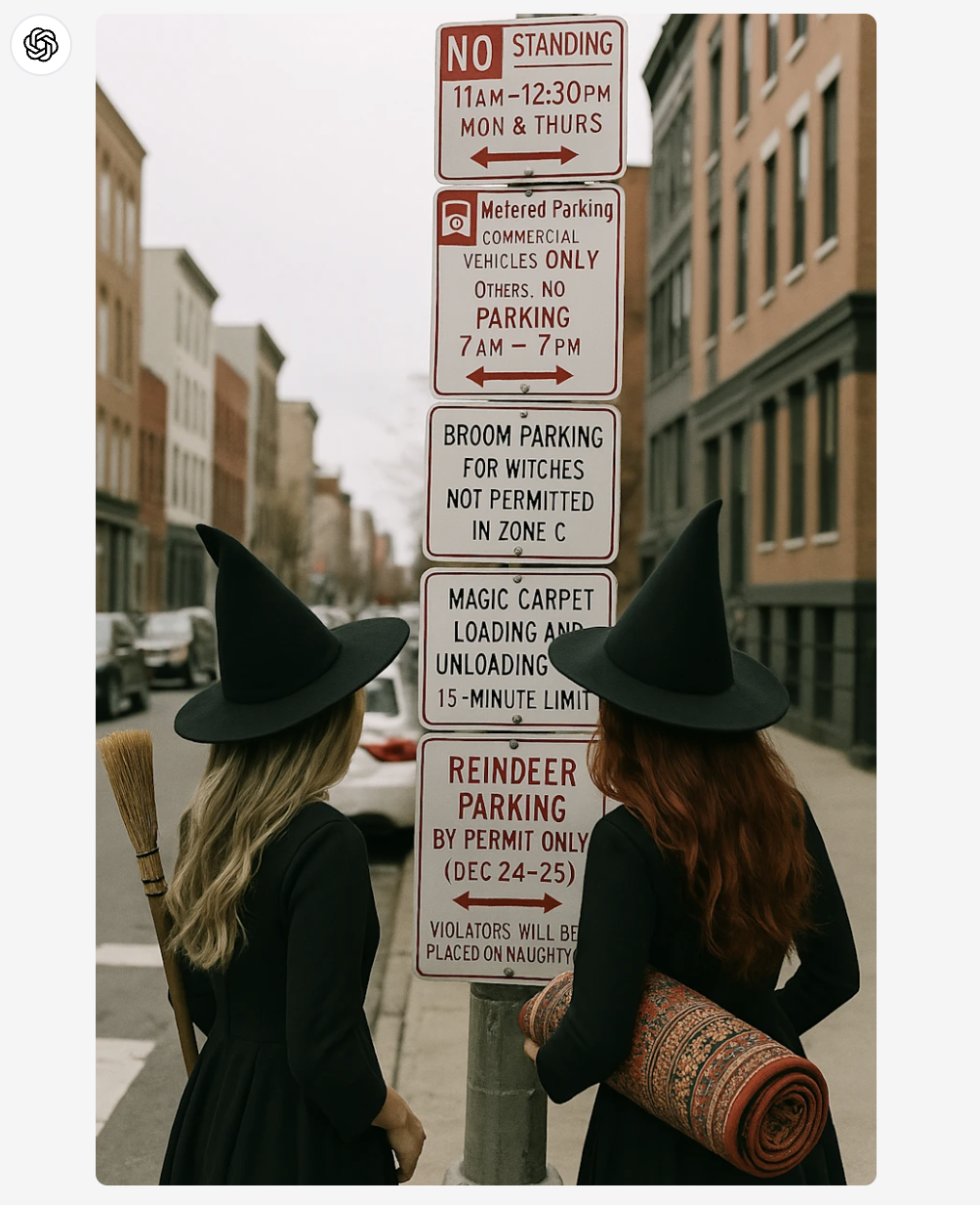
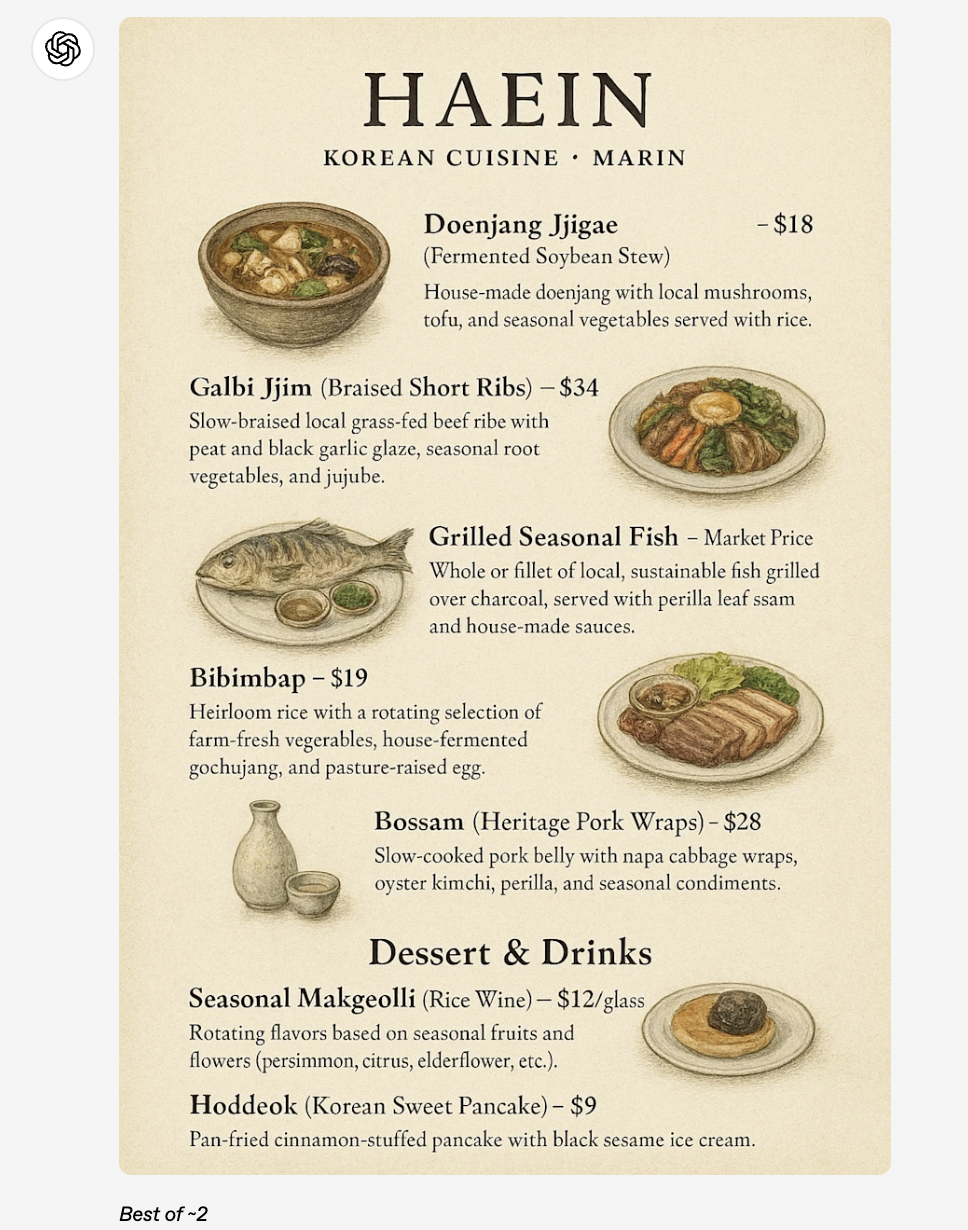
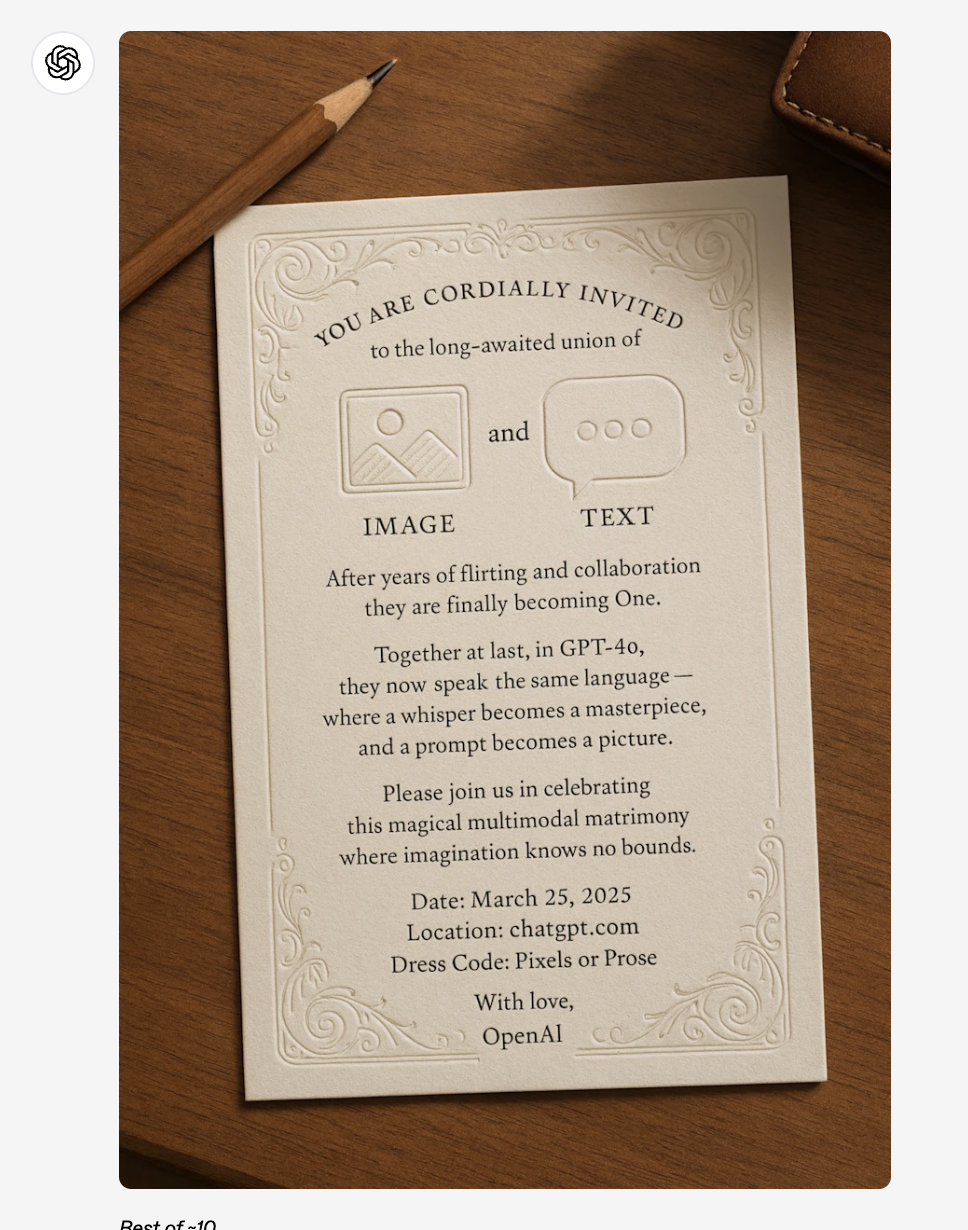
2. Multi-turn Generation with Contextual Awareness
GPT-4o maintains remarkable consistency across multiple generation iterations. As OpenAI notes, "Because image generation is now native to GPT-4o, you can refine images through natural conversation. GPT-4o can build upon images and text in chat context, ensuring consistency throughout." This feature is particularly valuable for designers and creators who need to iteratively refine their visual concepts.
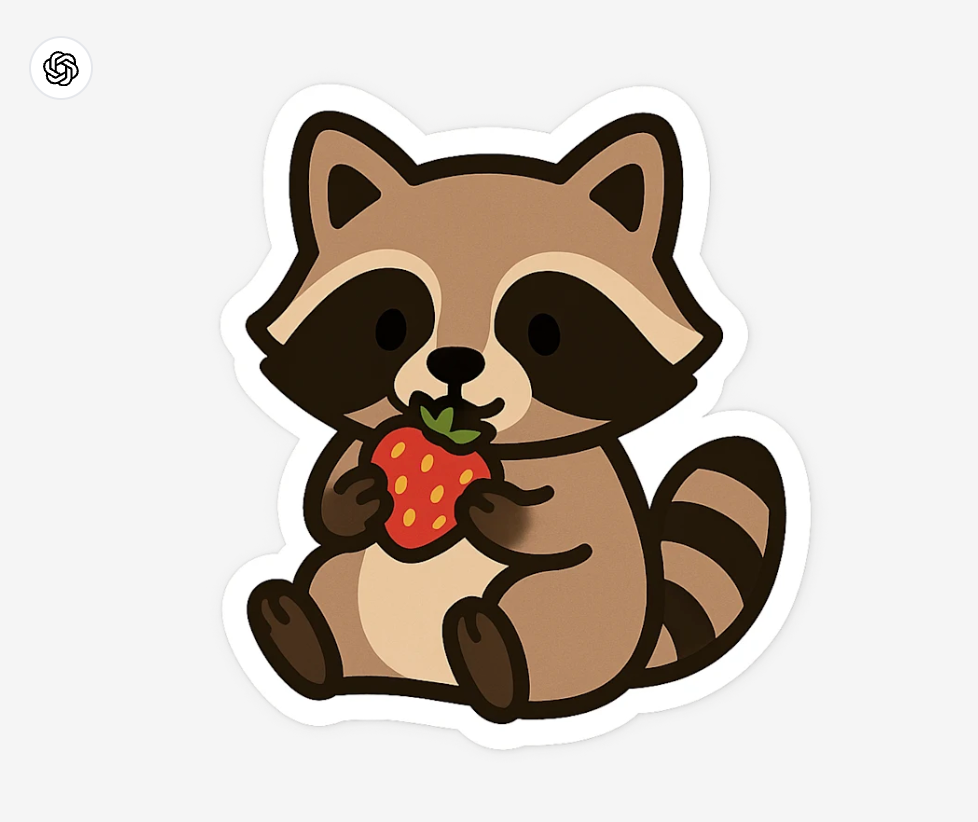
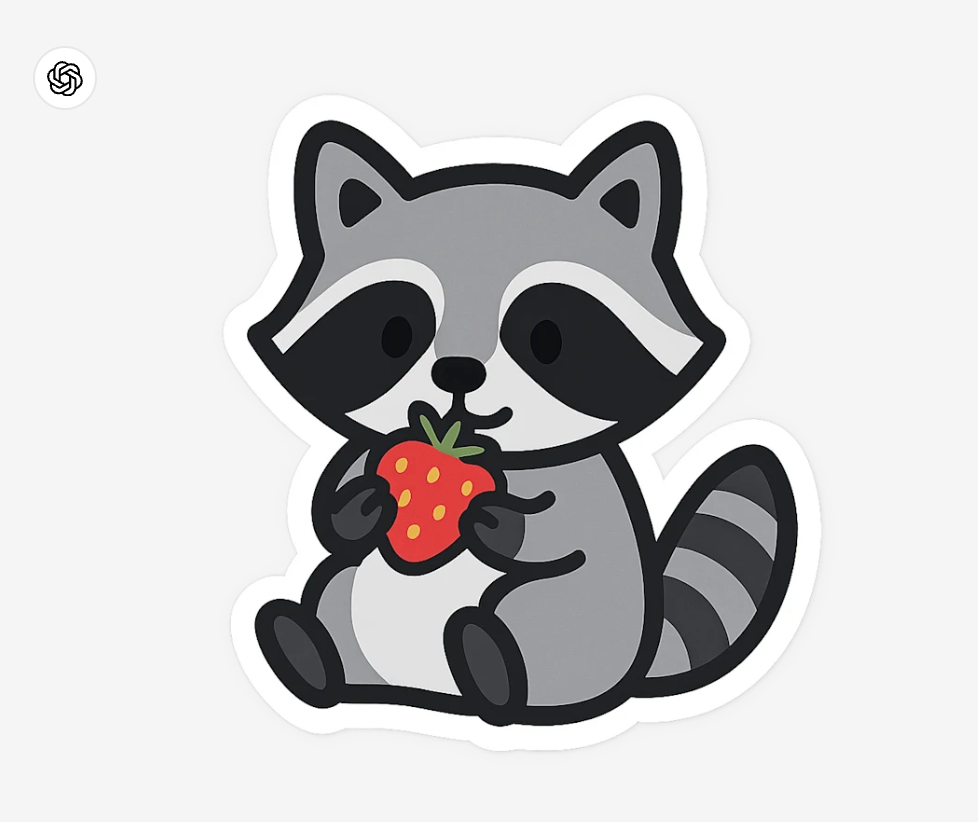
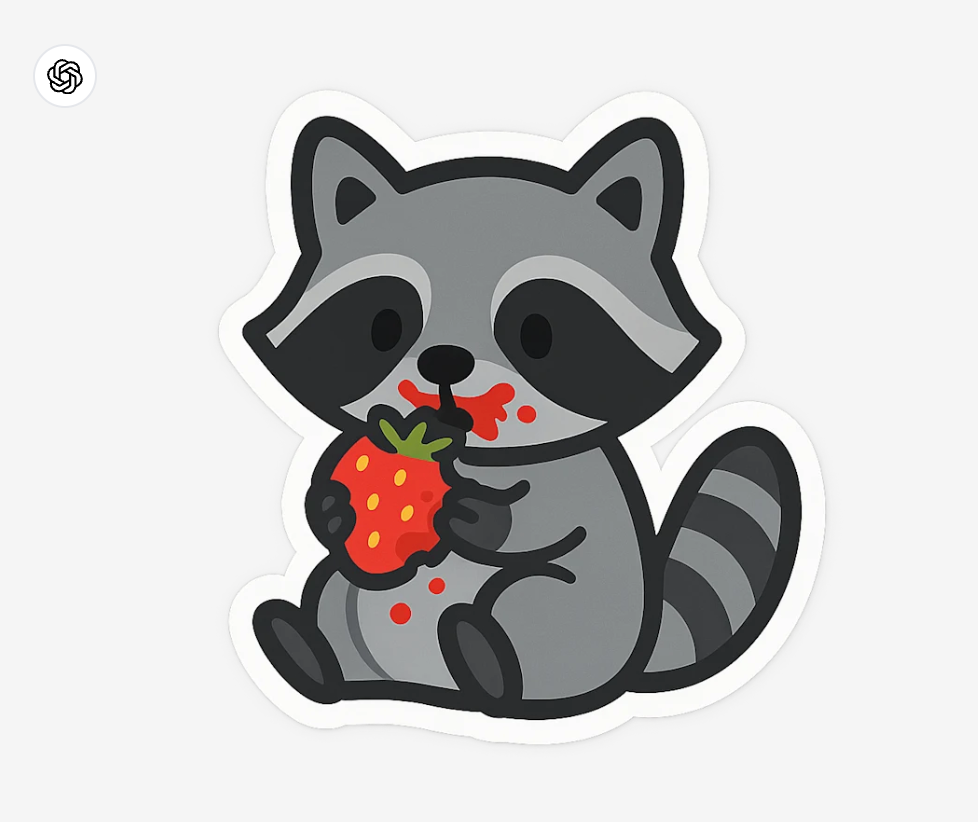
3. Precise Instruction Following
Where other systems typically struggle with handling more than 5-8 objects in a scene, GPT-4o demonstrates significantly improved capabilities: "While other systems struggle with ~5-8 objects, GPT-4o can handle up to 10-20 different objects," according to OpenAI's documentation. This enhanced understanding of complex prompts enables unprecedented control over the generated imagery.
4. In-context Learning and Image Transformation
According to reports from Android Authority, GPT-4o can "edit and transform existing images or draw inspiration from them." This ability to analyze and learn from user-uploaded images allows the model to incorporate specific visual elements or styles from reference images into new generations – creating a truly collaborative creative process.

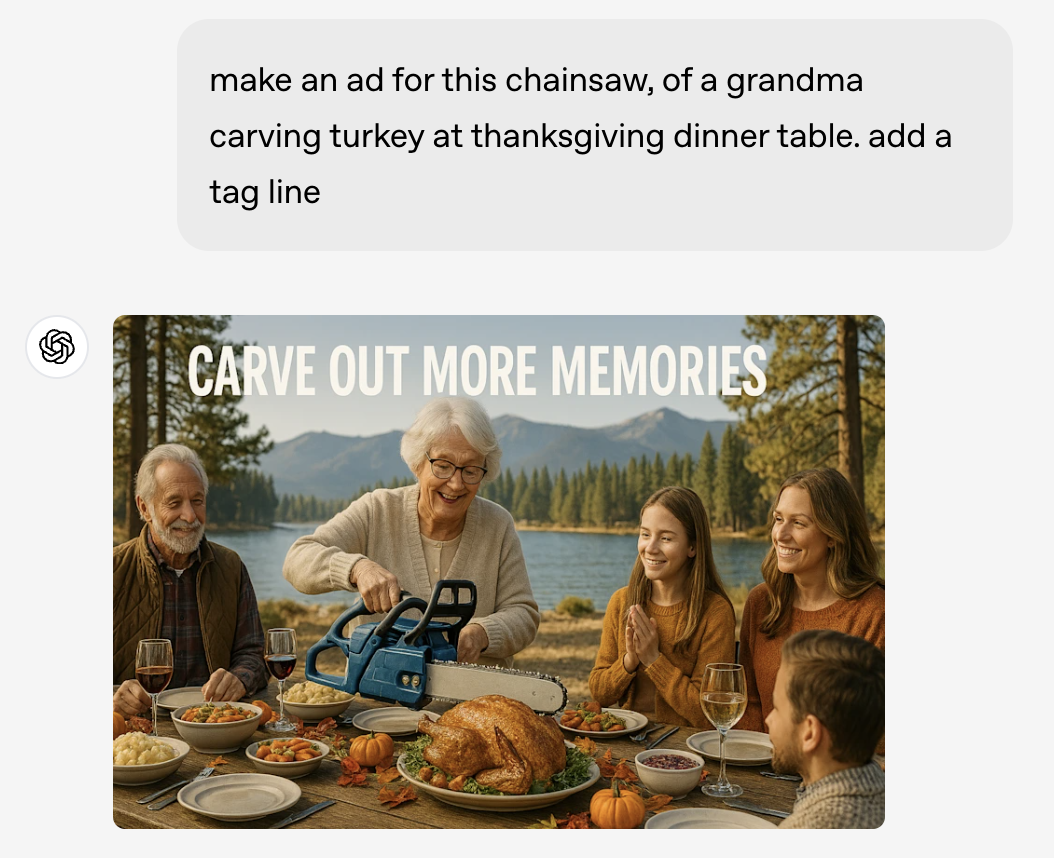
5. Integrated World Knowledge
As a natively multimodal model, GPT-4o seamlessly connects its vast knowledge base across text and images. This integration results in generated visuals that demonstrate improved factual accuracy and contextual relevance without requiring exhaustive prompting from users.
6. Enhanced Photorealism and Style Versatility
Reports from Tom's Guide highlight GPT-4o's capabilities as "ChatGPT's most photorealistic model," noting its ability to generate highly realistic images across various styles. This versatility makes the model suitable for a wide range of applications, from product visualization to creative concept development.
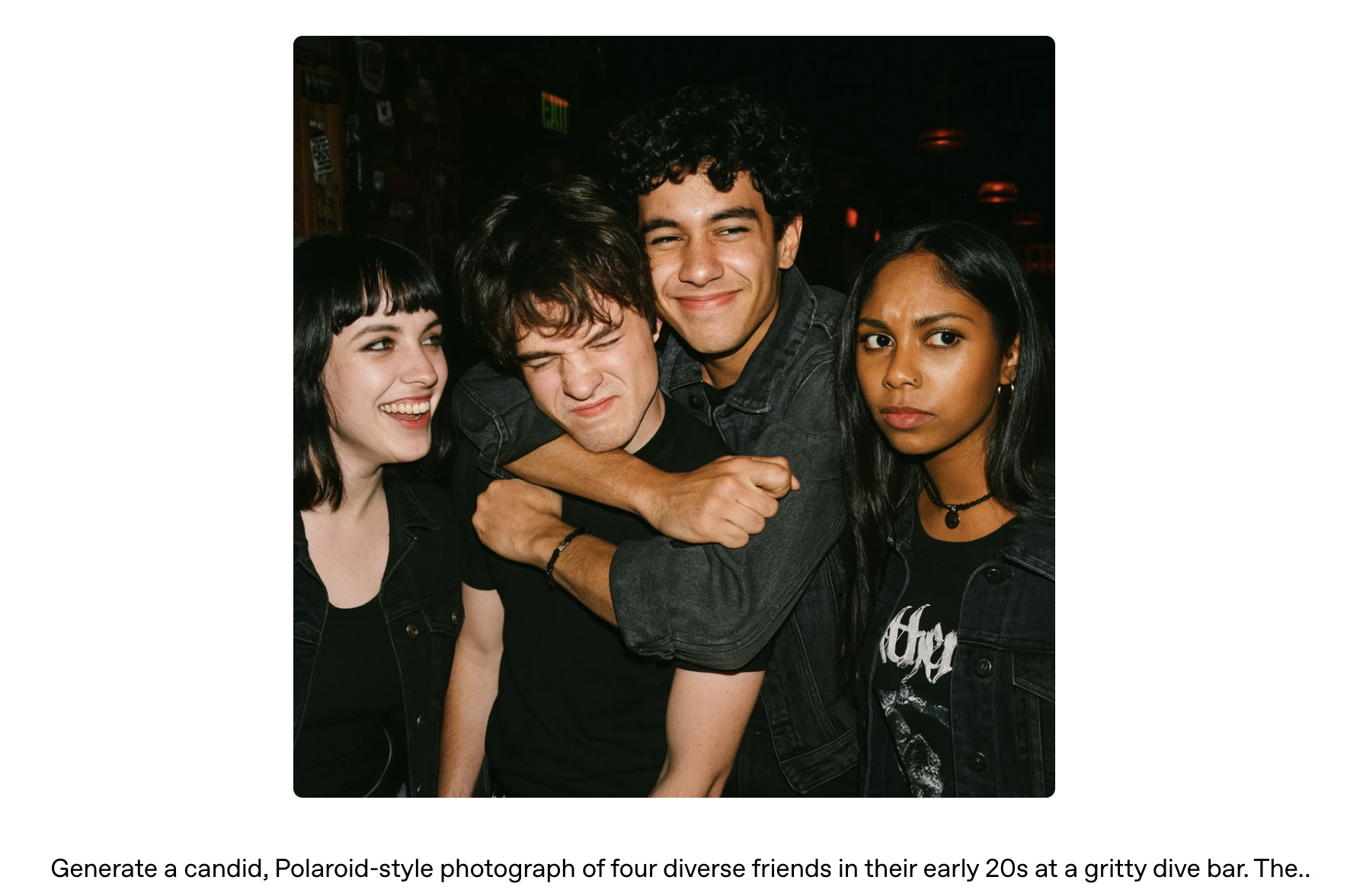
PART 4. Safety and Ethical Considerations
OpenAI has implemented robust safeguards alongside these powerful capabilities. According to Venture Beat, "As part of OpenAI's commitment to responsible AI development, all GPT-4o-generated images include C2PA metadata, allowing users to verify their AI origin." This transparency measure helps address concerns about the potential misuse of AI-generated imagery.
Additionally, OpenAI has developed an internal search tool that uses technical attributes to verify whether content originated from their model. The company employs a multi-layered approach to content moderation, blocking inappropriate content requests and implementing heightened restrictions when real people's images are involved.
However, questions remain about the training data used. Venture Beat notes that "OpenAI still hasn't said precisely what data GPT-4o's image generation capabilities were trained on — and given the history of the company and other model providers, it likely includes many artworks scraped from the web, some of which are presumably copyrighted, which is likely to anger the artists behind them." This highlights ongoing ethical debates surrounding AI development and training methodologies.
PART 5. Accessibility and Availability
As of March 2025, GPT-4o image generation has been rolled out to ChatGPT users across Plus, Pro, Team, and Free tiers, with Enterprise and Education access coming soon. According to The Verge, free users will have usage limits similar to the previous DALL-E integration, though specific numbers may "change over time based on demand."
OpenAI spokesperson Taya Christianson confirmed that while GPT-4o is now the default image generator in ChatGPT, fans of DALL-E will "still have access via a custom GPT." Developers will soon gain API access to these capabilities, enabling integration into a wide range of applications and services.
Creating images with GPT-4o is remarkably straightforward—users simply describe what they need in natural language, including specifications like aspect ratio, exact colors, or transparency requirements. The improved capabilities do come with a trade-off: images may take longer to generate, with rendering times of up to one minute reported.
However, I just checked the official website, and free version users are temporarily unable to use it.
PART 6. Applications Across Industries
The practical applications of GPT-4o's image generation capabilities extend across numerous fields:
- Marketing and Advertising: Creating customized visual content with accurate branding elements and text
- Education: Developing instructional materials that combine visual and textual information
- Product Design: Iteratively refining product concepts through conversation
- UX/UI Design: Quickly generating interface mockups with readable text elements
- Content Creation: Producing consistent visual assets for blogs, social media, and publications
- Game Development: Designing characters and environments with consistent attributes across iterations
PART 7. The Future of AI Visual Communication
With GPT-4o's integrated image generation capabilities, OpenAI has taken a significant step toward making AI a more versatile partner in visual communication. By addressing key limitations of previous models—particularly around text rendering, instruction following, and contextual awareness—they've created a tool that extends beyond artistic novelty into practical application.
As this technology continues to evolve, we can expect even more sophisticated integration between textual understanding and visual creation. The line between human and machine creativity will continue to blur, opening new possibilities for collaboration and expression across creative fields.
For AI enthusiasts, professionals, and casual users alike, GPT-4o represents not just an improvement in image generation technology but a fundamental shift in how we can leverage artificial intelligence to communicate visually in increasingly intuitive and powerful ways.


